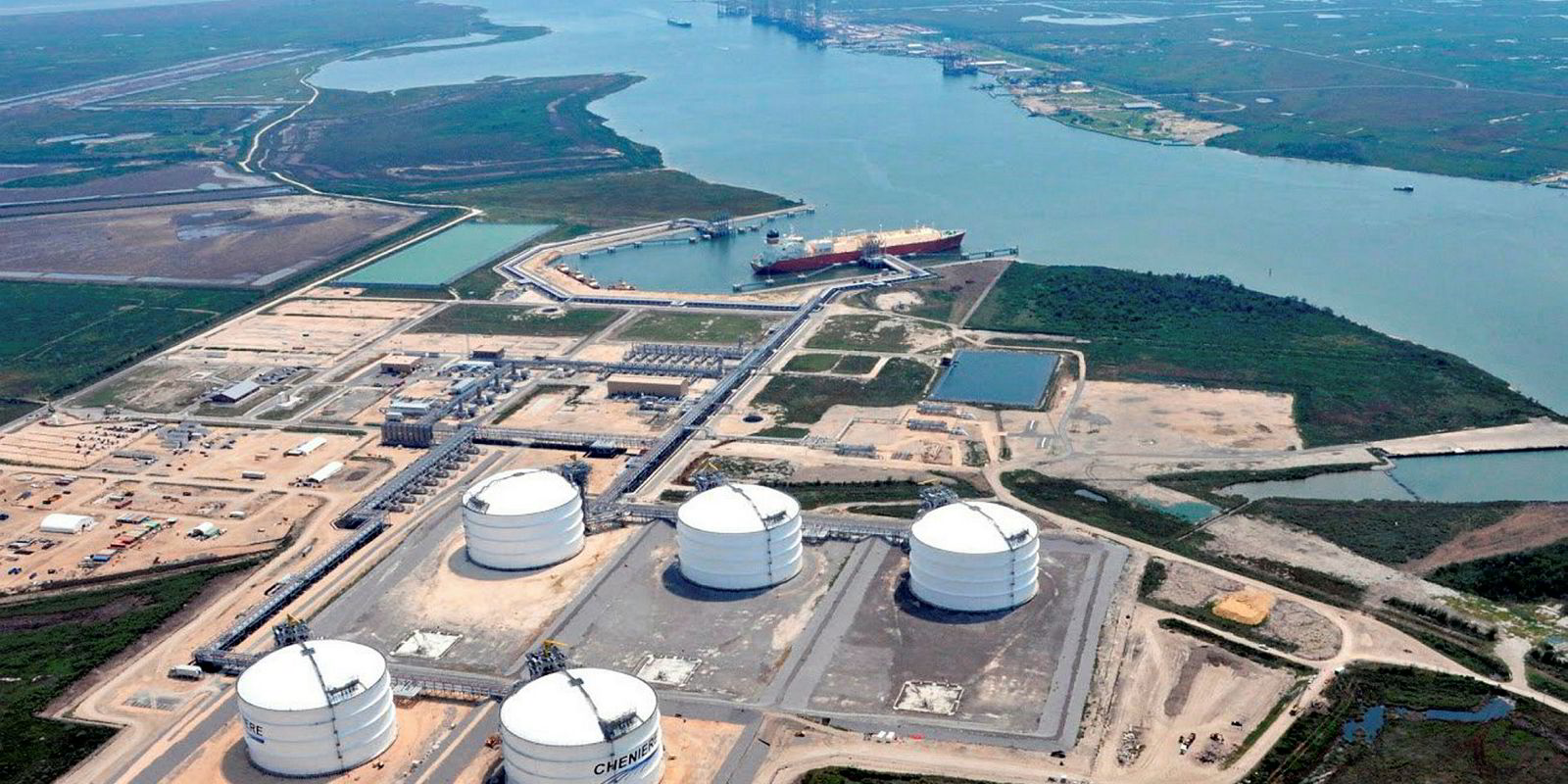Three trading houses have emerged with requirements for LNG carrier tonnage to take for charter periods of several years with the market forecast to remain short of ships into 2020.
Industry players say Gazprom Marketing & Trading (GM&T) is seeking one firm vessel of around 180,000-cbm capacity, with an option on a second ship, to take on charter for a period of five years.
GM&T is understood to be open to extending the hire for up to eight years with optional periods.
The Russian trader is seeking a vessel, with either an M-type, electronically controlled, gas-injection (ME-GI) or XDF propulsion system, preferably for delivery in 2020, although ships available in 2021 will also be considered.
Eye on speculative units
Brokers said this would suggest that the company is targeting some of the speculative LNG newbuildings contracted this year, while allowing some scope for new orders to be considered.
Similarly, Vitol has also floated a requirement for a ship to take on charter for a period of two to three years.
The company is seeking ships for delivery from next year or into 2020.
Consultants believe Vitol likely needs tonnage to cover the volumes it is buying from US producer Cheniere Energy.
Last month, the company, which does not comment on its shipping operations, said it had signed with Cheniere to buy 700,000 tonnes per annum on a free-on-board basis over a 15-year period starting later this year.
In addition, Japan's JERA is also understood to be in the market for an LNG newbuilding.
Details remain scarce at present, but industry observers point to the company’s tie-up with France’s EDF last year under which the two outfits agreed to integrate their LNG trading operations.
Around six million tonnes per annum are expected to be traded under this through a new entity headquartered in Singapore.
Largest buyer of LNG
JERA, which is a joint venture between Japanese utilities Chubu Electric Power Co and Tokyo Electric Power Co, is the world’s largest buyer of LNG, purchasing about 35 million tonnes, or 15% of the world’s traded volume.
The search for tonnage from these three traders of LNG comes at a time when the LNG shipping market is riding high, with modern vessels commanding spot charter rates in the region of $200,000 per day.
The market is expected to hold firm next year and into 2020. But the picture is less clear beyond that.
Shipbrokers suggest that big-name traders like these are likely to be "testing the waters" over tonnage.
They point to the 44 newbuilding orders concluded for LNG carriers this year, many of which appear to have been inked on a speculative basis.
One said that shipowners offering in for these kind of requirements covering a vessel for a period of seven years are likely to be able to secure rates in the region of $75,000 per day.
But the attractiveness of the new business from the trading houses will depend on the risk profile of the deals, the broker said.





